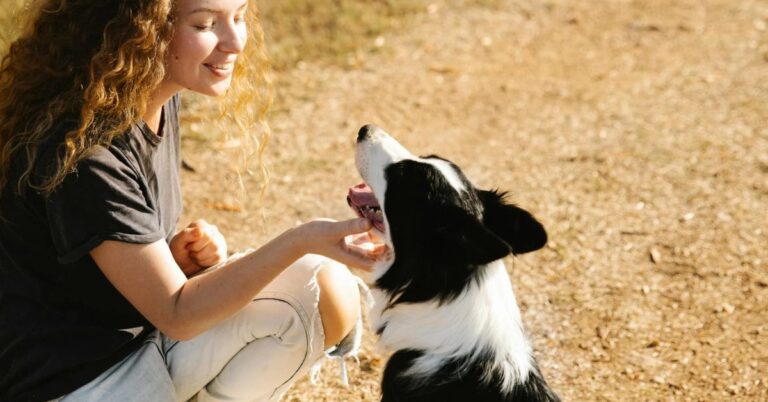10 Traits You Didn’t Know About Your German Shepherd

You might think you know your German Shepherd inside and out, but there’s more behind those alert ears and loyal eyes. These dogs hold a few surprises that don’t always show up in training books. Let’s uncover the traits most people overlook.
Rare Coat Variations
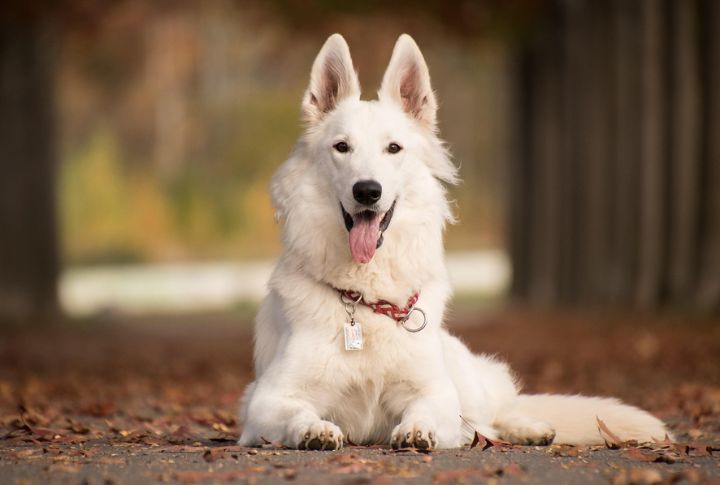
The classic black-and-tan fur isn’t the only look. Some German Shepherds flaunt sable, blue, or even panda markings. A unique coat doesn’t mean your dog is a mix; it could be a rare genetic variation.
Delayed Ear Standing

Floppy ears? It happens! Puppies take months for their ears to stand, and even adults may have soft cartilage. Genetics, diet, and health all influence ear structure, so floppy ears don’t make a Shepherd any less authentic.
Telling Stride
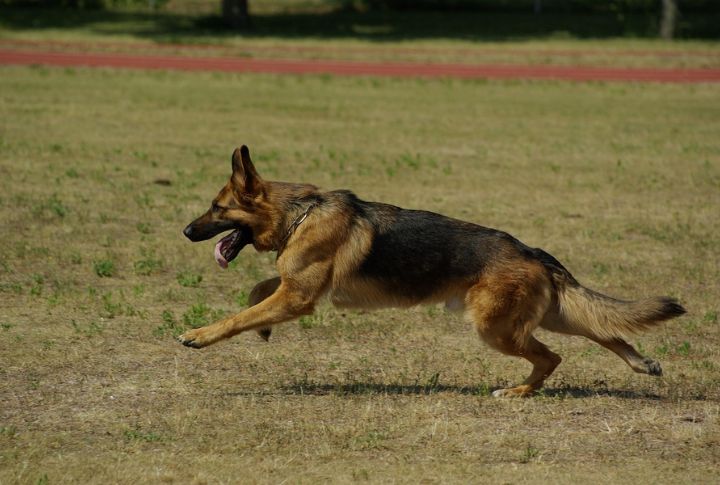
A proper German Shepherd moves with an effortless, ground-covering trot. Awkward movement or a stiff gait could point to poor breeding or health concerns like hip dysplasia. So, watch their stride closely because it reveals a lot about lineage and well-being.
Variable Drive
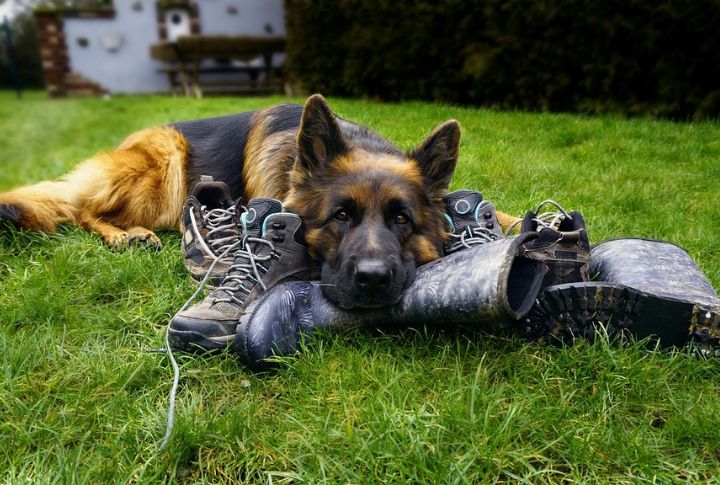
Not every German Shepherd is a high-powered working machine. Some have relentless energy, while others prefer a laid-back lifestyle. Personality and training shape their drive. Remember, a more relaxed attitude isn’t a red flag because it’s just part of who they are.
Instinctive Gaze
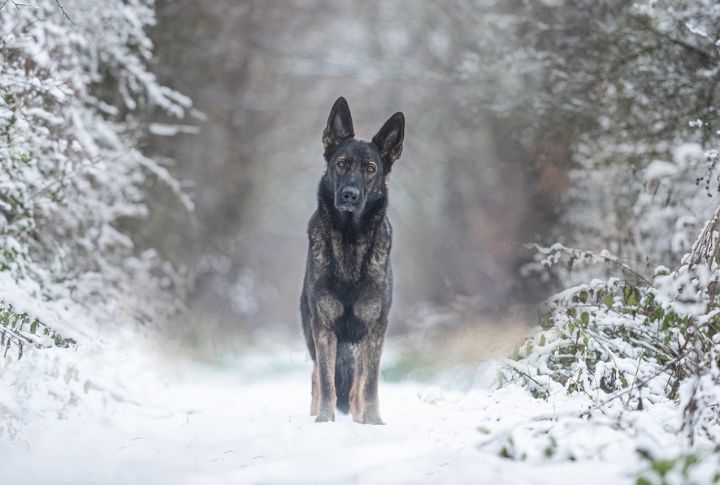
There’s a reason your Shepherd looks like it’s reading your mind. German Shepherds are natural observers, constantly assessing their surroundings. If your pup seems unfocused or indifferent, they might need more mental stimulation to tap into their breed’s sharp instincts.
Varied Back Structure
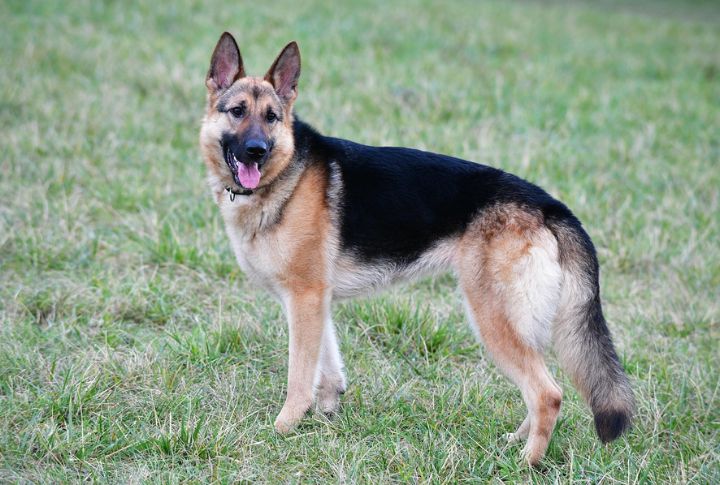
A strong, straight back supports agility and endurance, but excessive breeding for shows has led to structural flaws. A roach-backed posture or exaggerated slope often signals poor breeding practices, potentially affecting mobility and overall health rather than just ensuring breed purity.
Size Differences
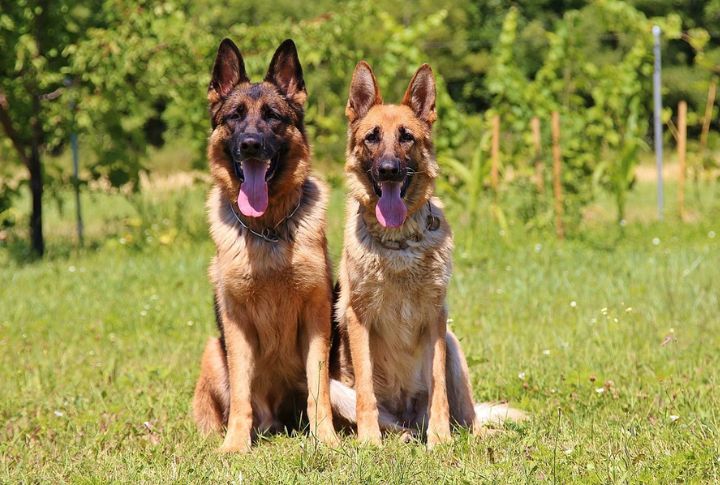
Not all dogs of this breed are of the same size. German Shepherds come in various sizes, with males typically weighing between 65-90 pounds and females being smaller. Differences in stature often stem from American and European bloodlines rather than any indication of mixed breeding.
Scent Preference
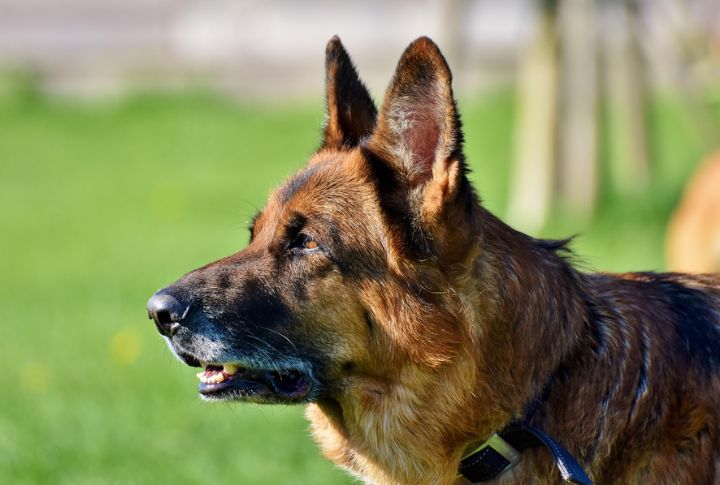
A legendary sense of smell doesn’t mean every German Shepherd is a scent-tracking expert. Some rely more on sight or sound. If your pup isn’t obsessed with sniffing everything, their instincts may lean in a different direction.
Vocal Range
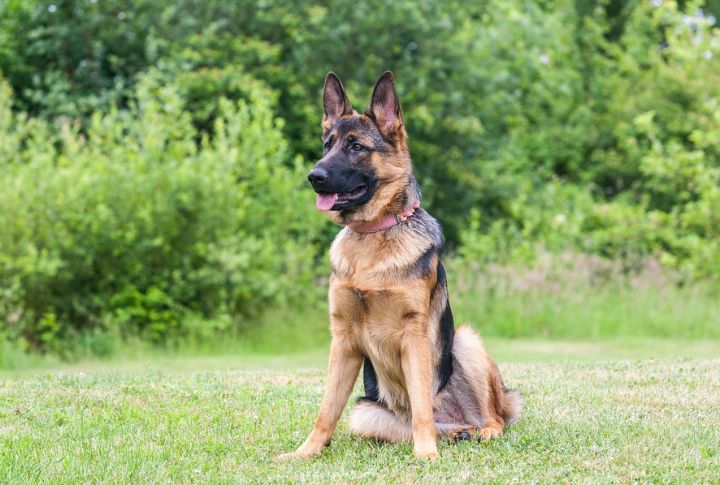
Beyond barking, German Shepherds have a whole sound library—grumbles, whines, yips, and sighs. Each sound signals something different, from curiosity to concern. Understanding this vocal range can help you better interpret your dog’s needs before they escalate into problem behaviors.
Extended Teething
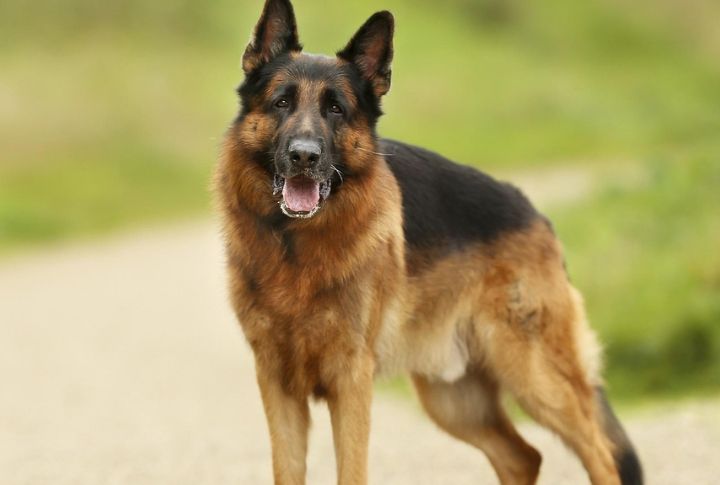
Still finding your shoes shredded? That’s the extended teething phase talking. German Shepherd pups chew hard and long, way past what most owners expect. Toss them something tough and safe, or risk sacrificing half your living room to those baby shark teeth.

